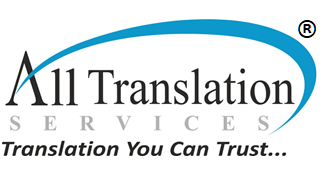The Importance of Translating And Localizing Your Website
Translating Your Website
Translating the website, as the phrase itself suggests, includes translating the contents of a website into different languages. Here are a few reasons to translate your website:
According to a survey done by Common Sense Advisory on how language affects purchasing behaviour, it was found that 72.1% of buyers and consumers tend to spend more time on a website if it is designed in their local language. Thus, translating your website would mean improving and retaining more traffic.
Another reason is to improve the sales of any products on your website. 40% of online buyers would never make a purchase from a website that is not in their own native language. A possible reason for this is that people may trust the content in their language more than content in a foreign language.
Also, it helps you reach a wider audience. This is because less than 25.9% of internet users speak in English. Further, a study done in 2011 by the European Commission stated that 9 out of 10 online buyers would prefer visiting a website that is available in their own language.
Thus, translating your website offers many benefits. However, the language you should translate into depends on your traffic audience.
Localizing Your Website
Localizing your website goes one step further than translating the website. It means changing your whole website and its information for the local audience you are trying to attract.
Localization can improve the way a website performs in terms of sales and help gain more audience. Also, it can increase growth by more than 200%. A website can lose almost 40% of its consumers if it is not localized. Further, 64% of online buyers prefer localized content in a website, that is, a website that is designed keeping in mind their local culture and language.
Tips To Translate And Localize Your Website
1. You must study the local culture. Always engage with events of local importance. Targeting content locally can result in 6 times more engagement.
2. If you are selling something, you should ensure that you also provide support in the local language. This could make 75% of consumers buy again.
3. Find your target audience. You must optimise the number of languages you translate into for the best return on investment.
4. Use visual cues. Images are a vital part of any culture. Thus, you must include relevant pictures that speak to your consumer.
Conclusion
Your website is the entity with which your audience interacts. You must ensure that they can relate to you. Translation and localization of your website can help you go a long way with that!
